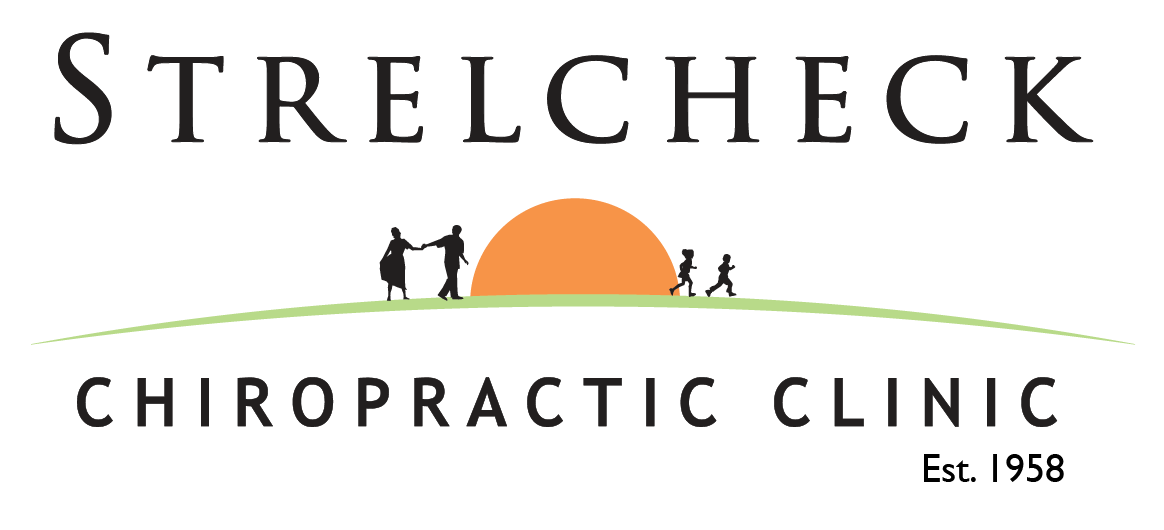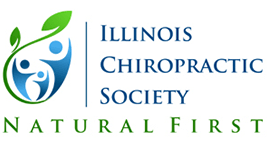Lower the Pressure Naturally
Nearly half of all Americans have high blood pressure, a major risk factor for heart disease, kidney disease and stroke. Blood pressure is the amount of pressure exerted by the blood on the walls of the arteries as it is pumped from the heart throughout the circulatory system. If your blood pressure is chronically too high, it is called hypertension. Continual high blood pressure will irreversibly damage the heart and arteries. While some people with high blood pressure might experience frequent lightheadedness, dizziness or pounding in the head or chest, most will go years without knowing they have the condition known as “the silent killer.” If you have high blood pressure and are taking medication to control it, you might want to explore alternatives. Decades of research have shown natural alternatives, as well as dietary and lifestyle changes, can help your medications work better and reduce or eliminate your need for them. Causes: Hypertension is not caused by tension or stress, even though some would say it is. If you already have hypertension, your blood pressure will go up during times of stress — but it is not the cause of it. Known causes of hypertension include obesity, smoking and heredity. Diagnosis: Adults should have their blood pressure checked at least once a year. Although there are at-home devices and pharmacies that have blood pressure machines, those machines might not give you a correct reading. A visit to your primary care physician is the only way to find out whether you have high blood pressure. Blood pressure readings measure the two parts of blood pressure, systolic and diastolic. The systolic pressure is the force of blood flow through an artery when the heart beats. Diastolic pressure is the force of blood flow within blood vessels when the heart rests between beats. Maintaining a healthy blood pressure is possible with small changes on your part, if you are already at a healthy weight and do not smoke. If not, there are simple strategies you can incorporate now while you’re on the road to achieving those loftier goals. Measurable decreases in blood pressure, even small reductions in systolic pressure, are beneficial. Take Control Maintain a healthy weight. Sure, it isn’t easy, but it gets the most bang for your buck. It is estimated every 20 pounds you lose could lower your blood pressure by five to 20 points. Limit your sodium to 2,400 milligrams a day. Cut the “caf.” Caffeine raises blood pressure by tightening blood vessels and by magnifying the effects of stress. Exercise five days a week for 30 minutes. Get a good night’s sleep. Sleep deprivation is known to contribute to hypertension. Eating a diet rich in potassium, calcium, omega-3 fatty acids and vitamin C is proven to help. Following the DASH diet covers all four. Butt out. Smoking decreases oxygen supplies to the heart, increases blood pressure and increases blood clotting. Cut out carbonated drinks. They deplete potassium, an essential mineral for healthy blood vessels. Consider chiropractic treatment. According to a controlled study, special chiropractic adjustments can significantly lower high blood pressure. That study was highlighted in mainstream and medical media in 2005 and again in 2007. “This procedure has the affect of not one, but two blood pressure medications given in combination,” says study leader George Bakris, MD director of the University of Chicago hypertension center. Eight weeks after undergoing the special chiropractic adjustment, 25 patients with early-stage high blood pressure saw an average 14-point drop in systolic blood pressure compared to 25 similar patients who underwent a mock chiropractic adjustment. X-rays showed the procedure realigned the atlas vertebra — the doughnut-like bone at the very top of the spine. The procedure calls for adjustment of the C-1 vertebra. It’s called the atlas vertebra because it holds up the head, just as the Titan Atlas holds up the world in Greek mythology. Marshall Dickholtz Sr., DC, of the Chiropractic Health Center in Chicago, performed all the procedures in the study. The subtle adjustment is practiced by the very small subgroup of chiropractors certified in Upper Cervical Chiropractic techniques. Dash Diet The Dietary Approaches to Stop Hypertension, or DASH diet, is recommended by the American Heart Association for individuals diagnosed with hypertension. DASH daily intake guidelines consist of: • Seven to eight servings of grain • Four to five servings each of fruits and vegetables • Two to three servings of low-fat or fat-free milk • Two or less servings of meat, poultry and fish • One serving of nuts, seeds or beans “Eliminating caffeine and salt didn’t help lower my blood pressure. Losing weight helped a bit, but not enough to avoid medication. Later on, I got hurt in a car accident and went to Dr. Norton for care. He did my exam, took X-rays and history, noting my hypertension. As I was treated, he checked my blood pressure, and to my surprise, my blood pressure was going down. Now I’m able to take half of my dose!” — Melissa, 22, Strelcheck Chiropractic patient




